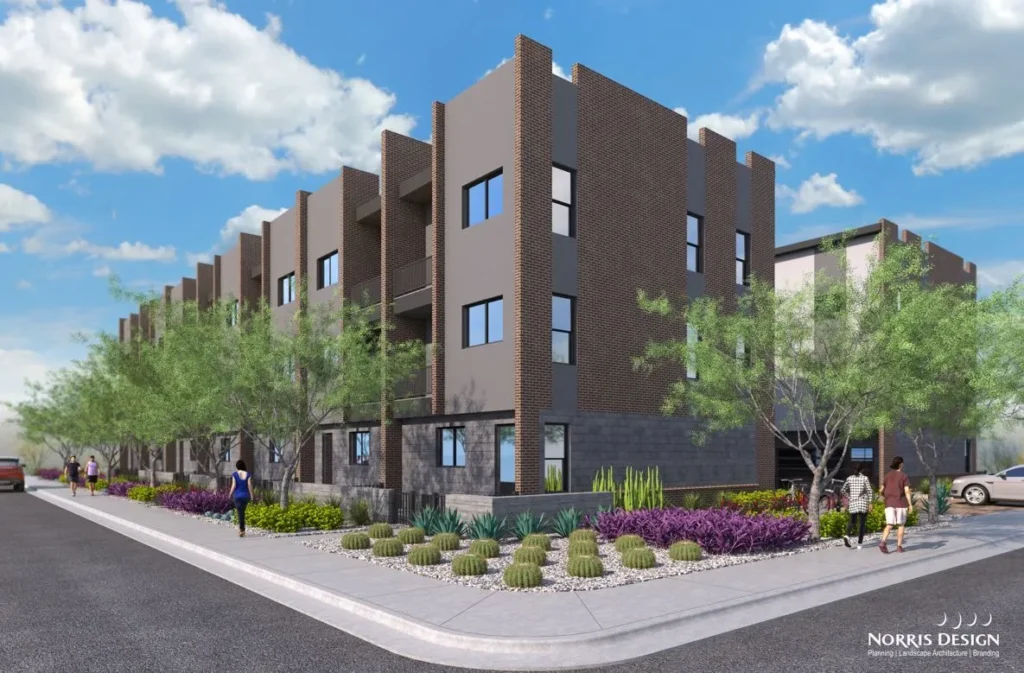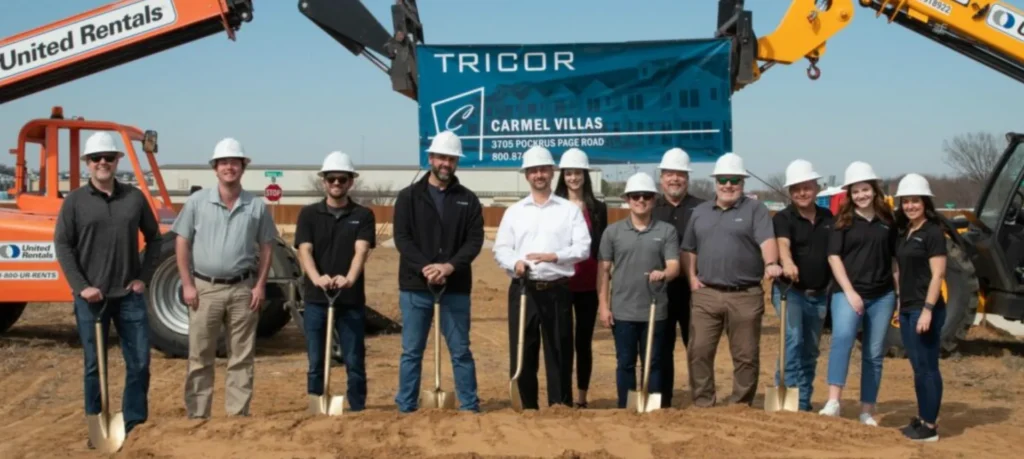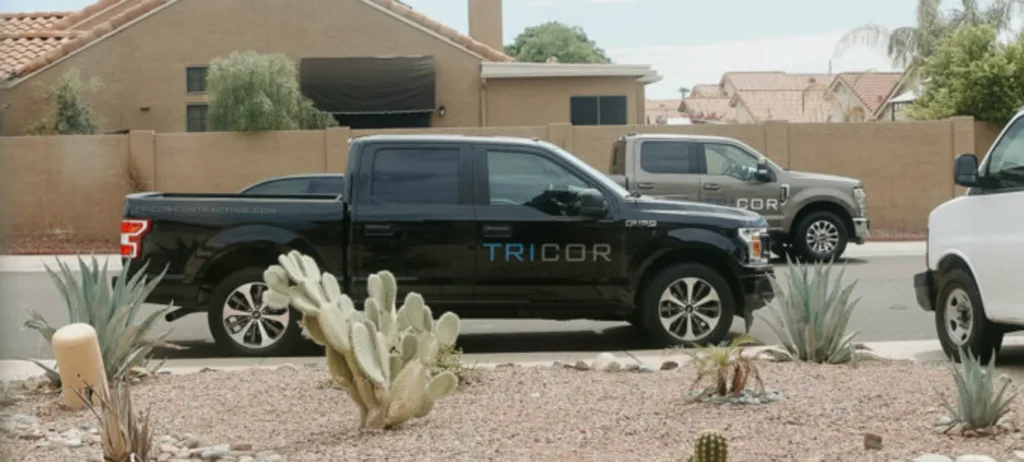
We recently sat down Tricor’s EVP of Development and Construction, Joel Thomas, to get his thoughts on the current state of the SFR space, the housing market, and what renters value most in 2022.
What’s drawing people to single-family rentals and build-to-rent communities?
We all have seen the downward trend of home ownership possibly due to the level of commitment, the lack of mobility, and not wanting to be tied down by a 30-year mortgage. With the shift in priorities for millennial home buyers in addition to record inflation, people are less eager, or possibly not able, to pay the down payment for a mortgage.
What’s the current state of the build-to-rent, single-family housing market?
Single-family rentals and Build-to-rent communities are on the rise even in the current economic environment. As an investment tool, build-to-rent neighborhoods are viewed as a longer-term hold over years, modeled with a cap rate, versus lot-by-lot sales that might be targeted for an entry or mid-level home buyer. For renters, this is a time that we are seeing record migration across the United States, an increase in people working from home, and the growing desire to move to less populated areas. Renters would rather leave behind apartment living to work from home in a single-family rental with more space, a yard, and other luxuries that a single-family home has to offer.

What are the most important features to renters in 2022?
We are seeing regional differences and different demands from the suburbs and urban infill properties. Professional property management has been one of the most significant features of institutional rental properties. Tenants can get maintenance for everything on their house with one phone call, versus having to figure how to remedy an issue with different contractors. We see a lot of desire for open bright floorplans, tech packages, and two-car garages. Depending on the community size and density, amenities range from multiuse pathways, dog parks, pools, gyms, and full-scale clubhouses with a kitchen, lounge, and pool.
How is BTR different than the for-sale market?
The demand of the for-sale market is moving some home builders to spec build, which is similar, but the BTR process is simplified logistically. In BTR, there are no homeowners, so we work with our partners to develop all floor plans, elevations, and specifications to be installed in and on every house. So, for example, if we are doing a 230-home community, all vanities, cabinets, lights, and kitchen countertops will be the same, there are no options. This helps alleviate purchasing, infield mistakes, as well as some of the supply-chain issues we are seeing in the industry. When you tell the appliance manufacturer you are purchasing 230 of the exact same refrigerators at once, it makes it much easier than one at a time. Because there are no homeowners, the required ‘home buyer meetings’ are not needed. We work with our partners directly to ensure they are happy with our work versus having to satisfy 230 individual homebuyers.
How does Tricor create that inviting new home feeling that people are drawn to in BTR communities?
We want to present communities that are inviting, so being thoughtful of items like the arrival sequence (if the property is standalone) is important. We also focus on our housing product, we do not reuse the same floorplans and specifications for every community. We take the time to work with our partners, clients, and investors to prepare fresh plans on each property


